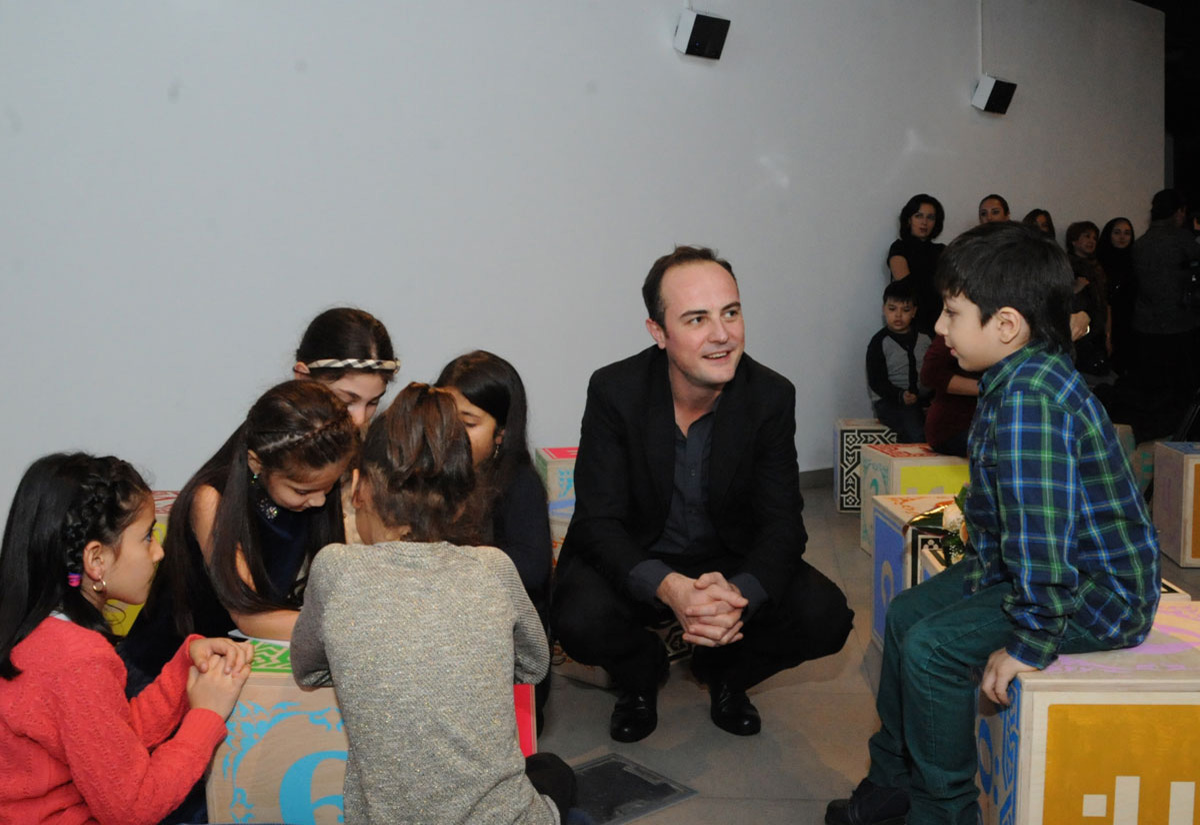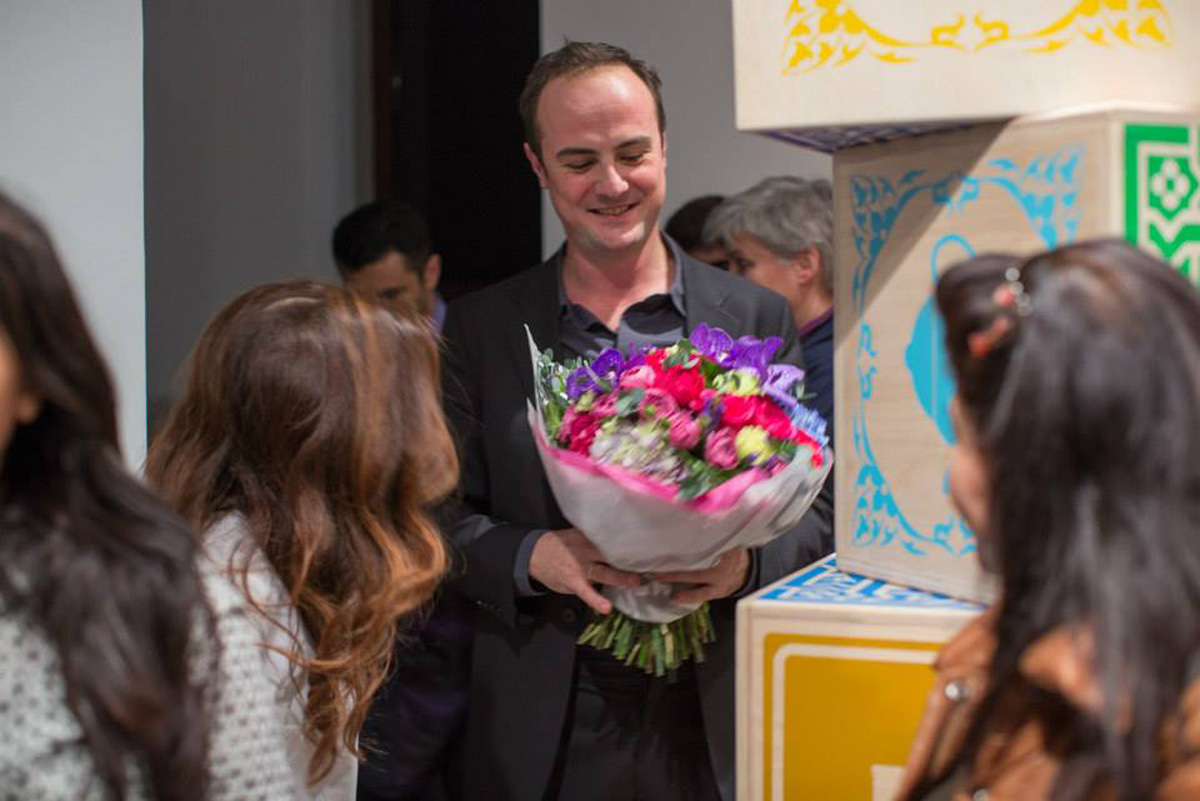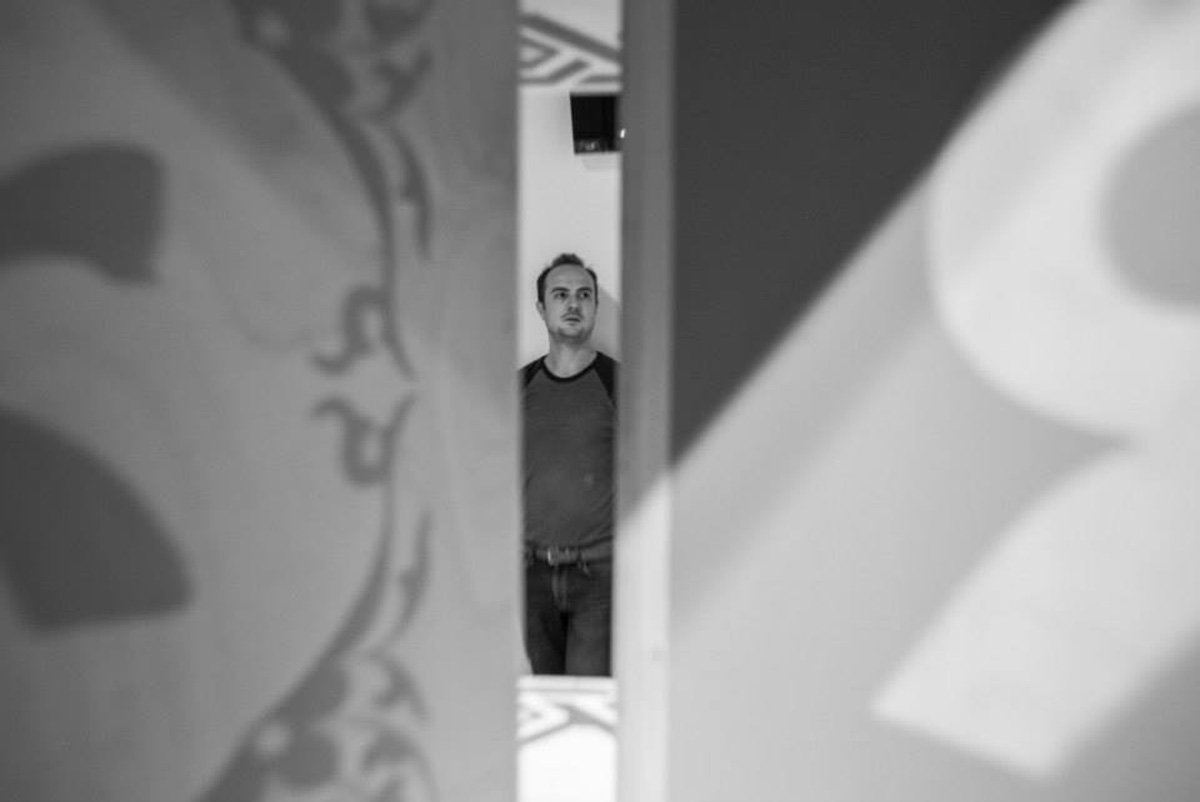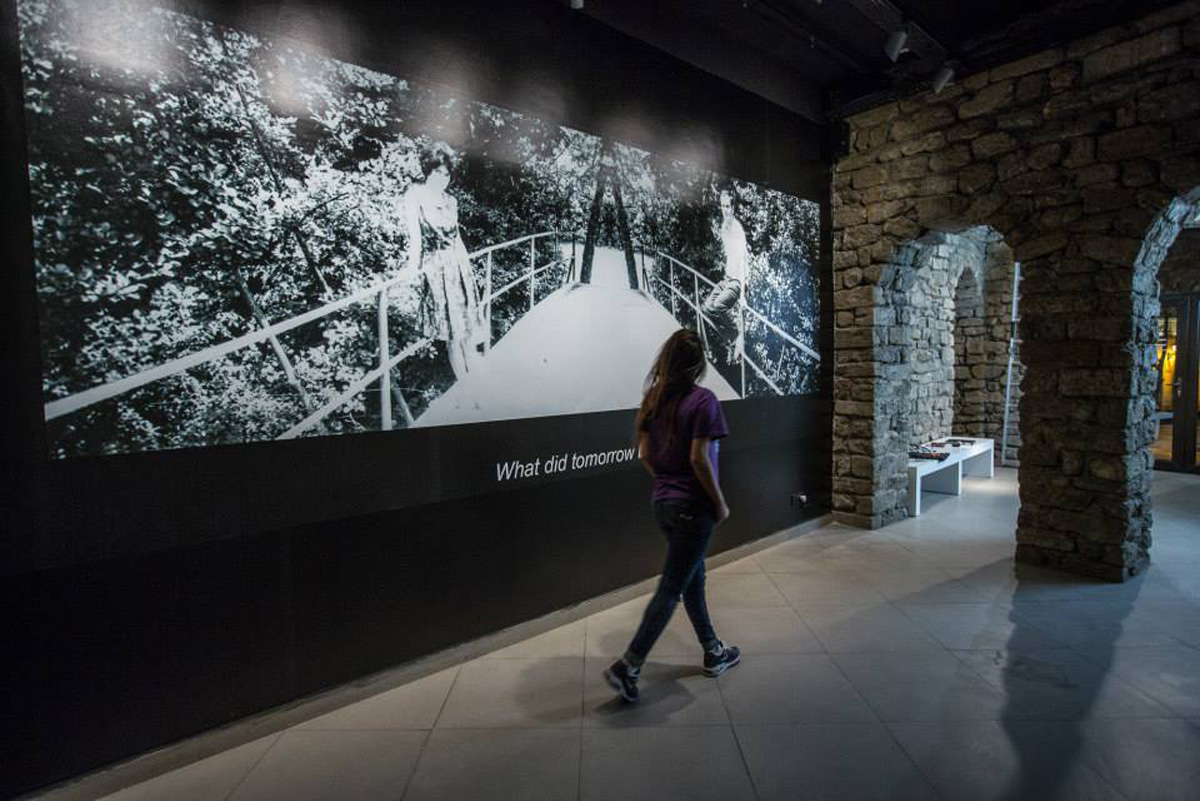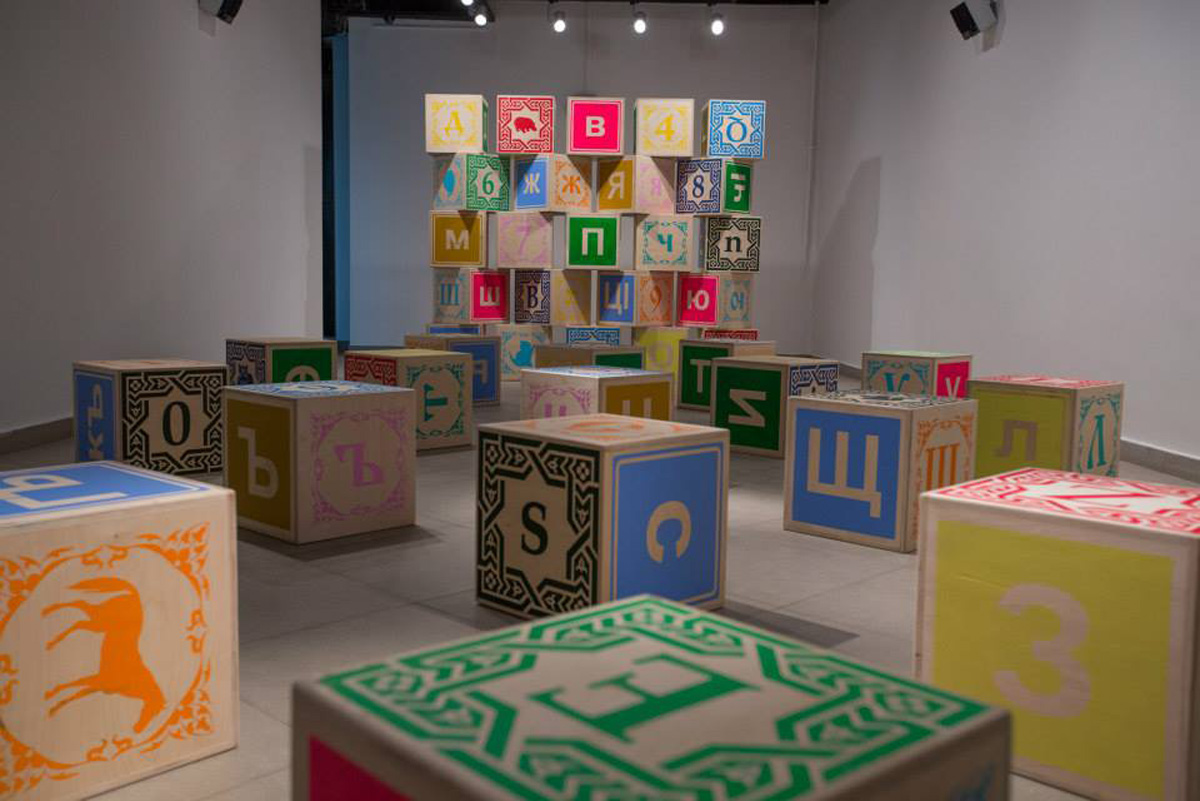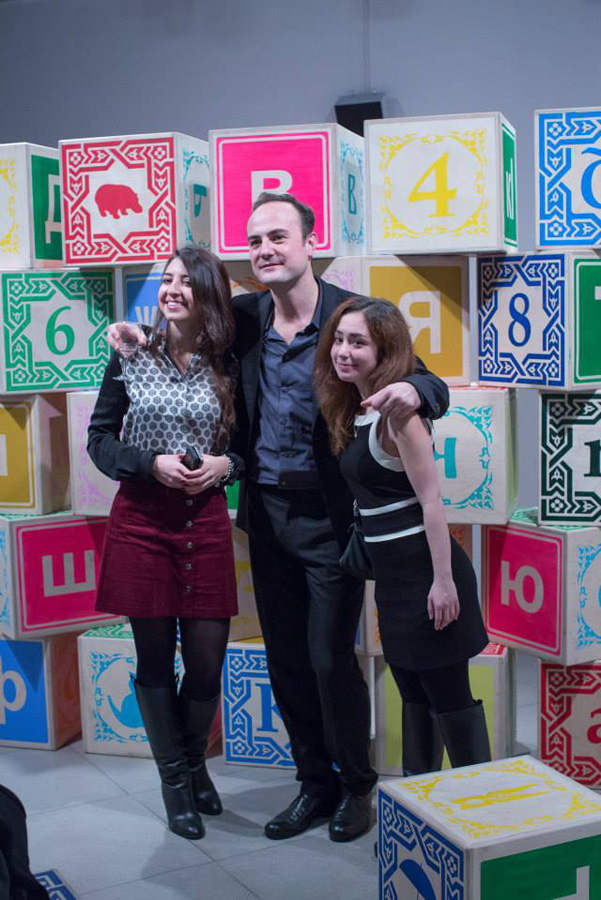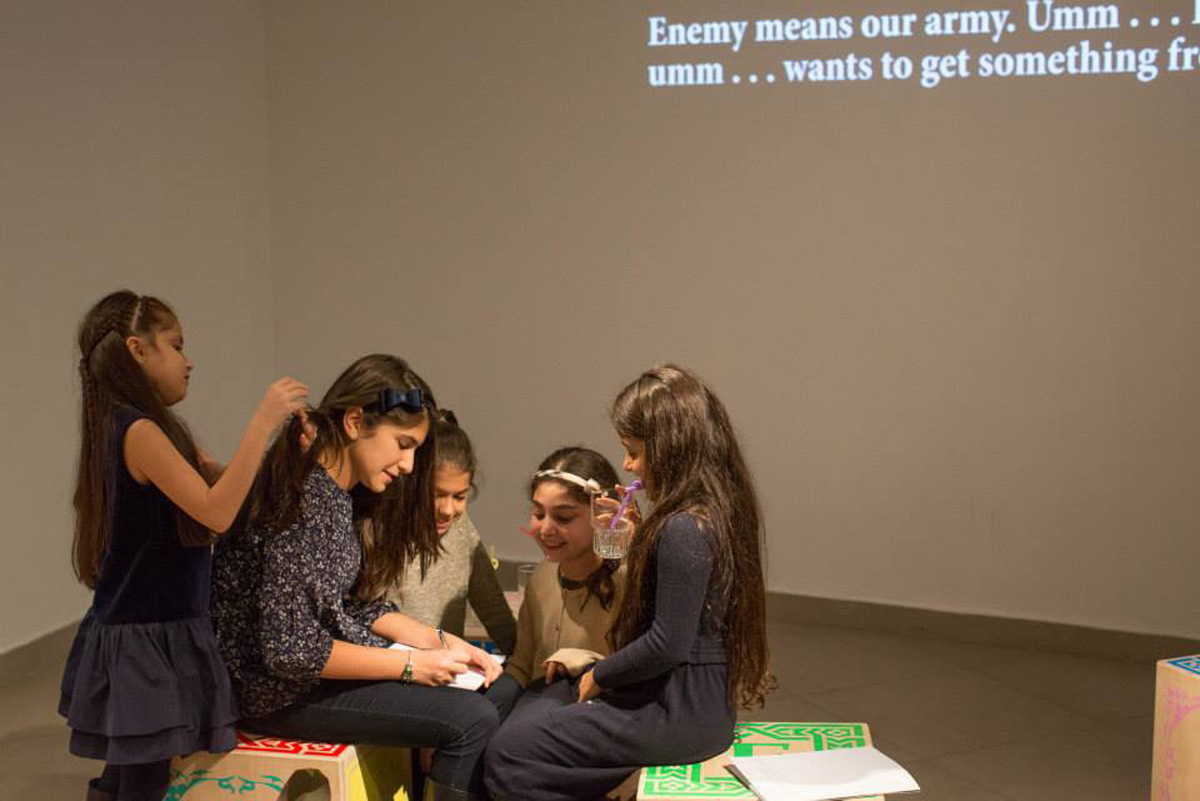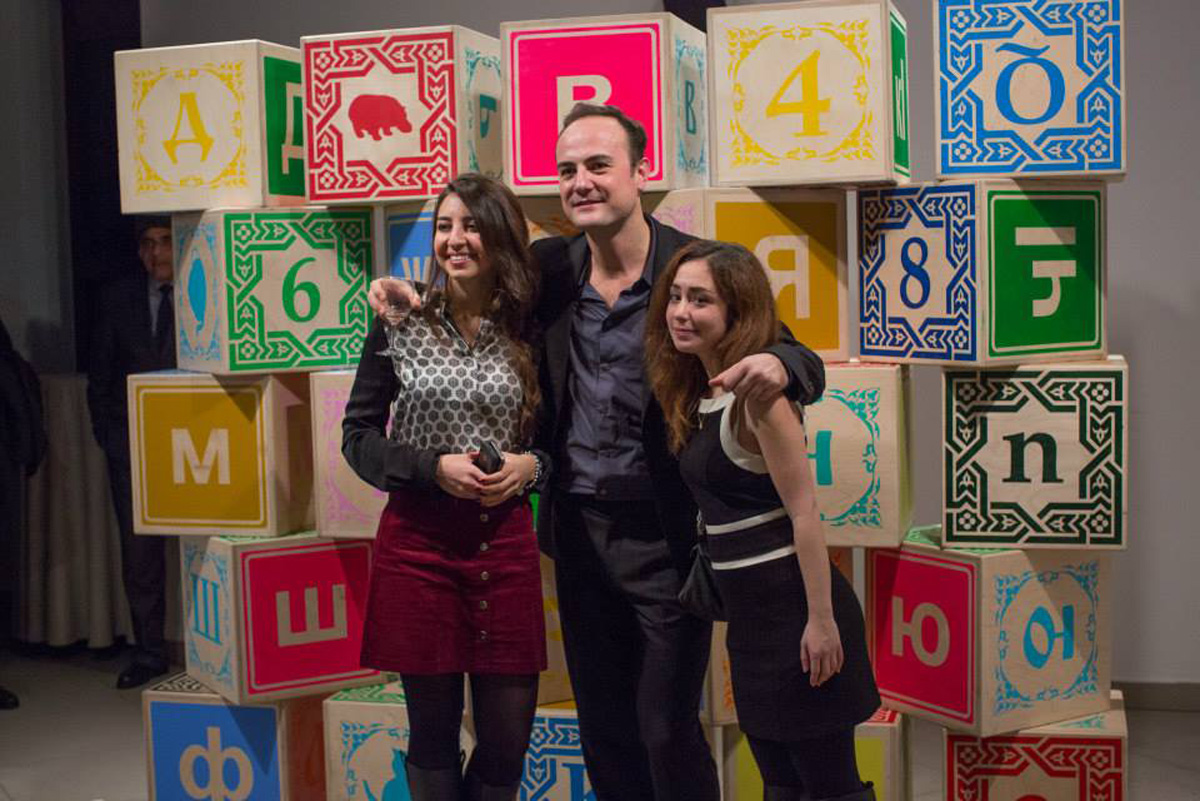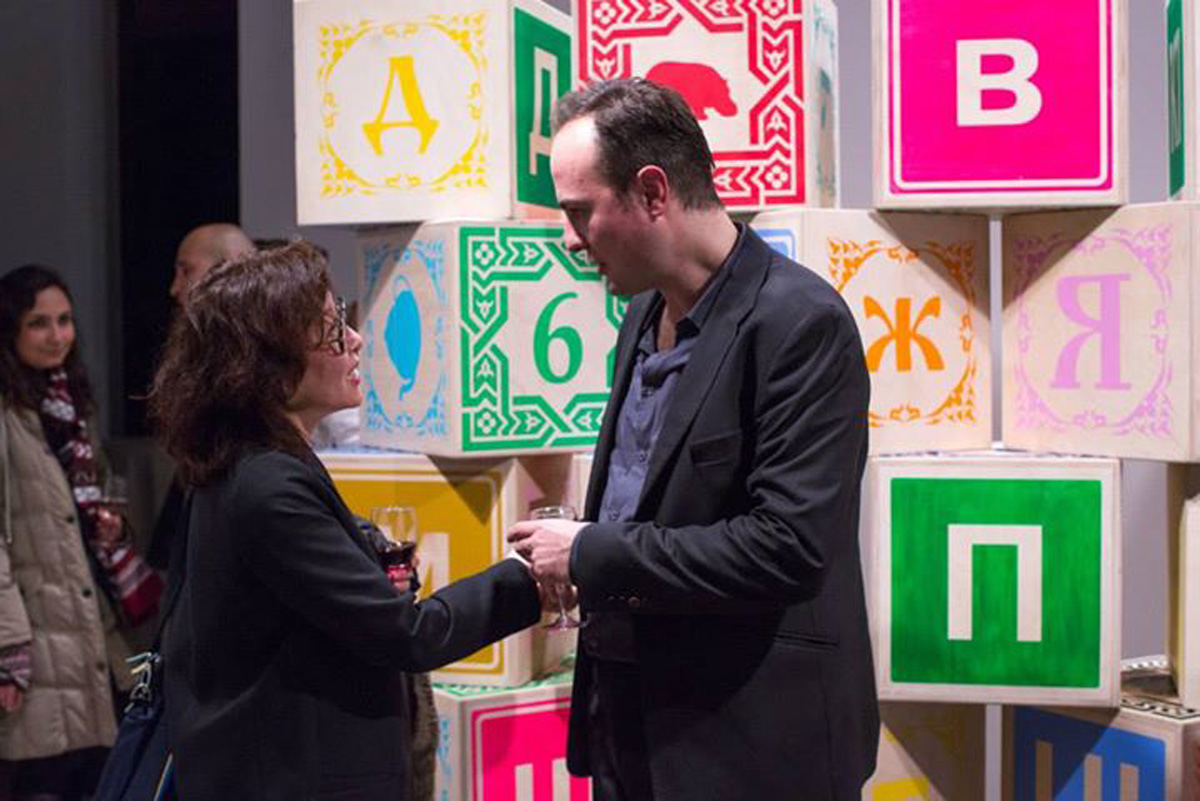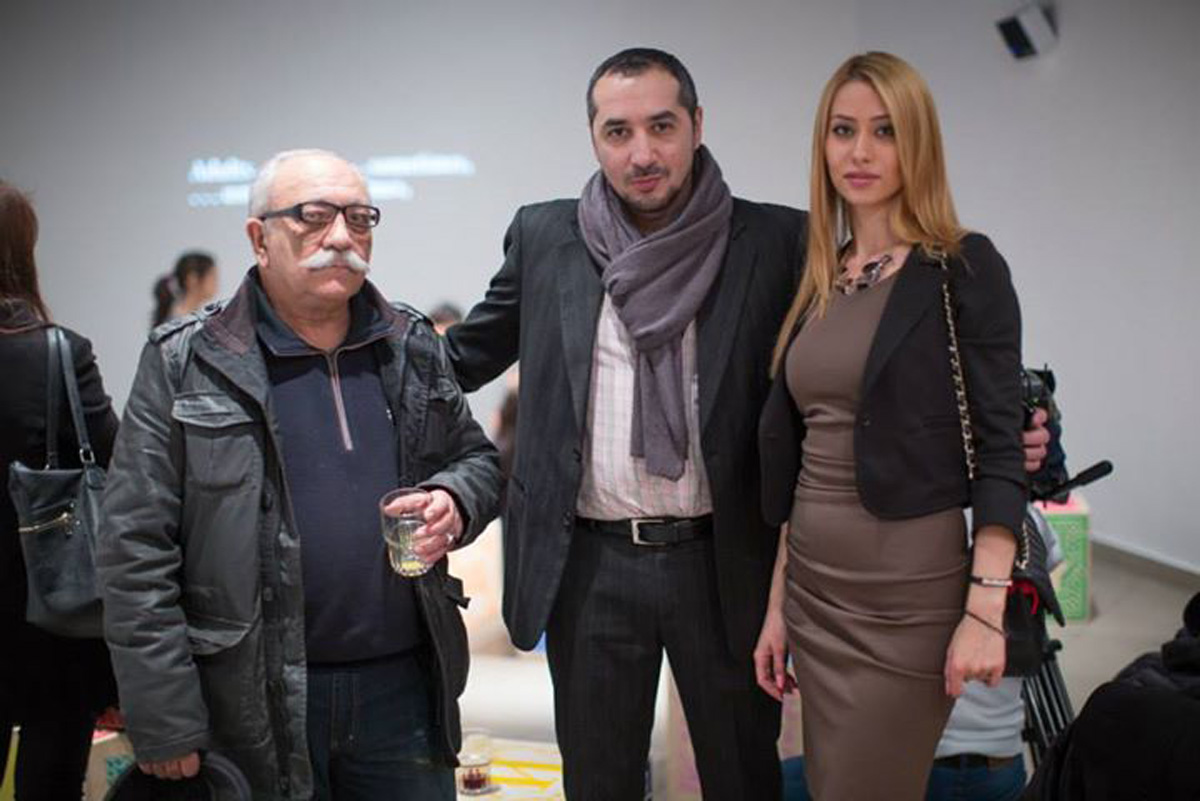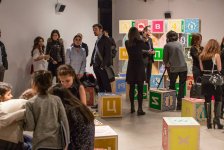Baku, Azerbaijan, Nov.28
Trend Life:
The solo exhibition of Dejan Kaludjerovic "Conversations - Azerbaijan", organized by YARAT Contemporary Art Space and Austrian embassy in Azerbaijan, has opened at YAY Gallery.
"What did tomorrow bring us?" is the simplest, and at the same time most difficult question in the world. It is deeply personal and quite general; a question that can be posed by an individual, a family, a society . . .. What did, indeed, tomorrow bring us?
This photograph of a young couple, taken somewhere in former Yugoslavia, exudes almost unbearable sentimentality. Two young people standing on a bridge at the beginning of their life together, looking at the future and the sound of water under the bridge. Their clothes and hairstyles are from the late sixties, a period already romanticised by nostalgia. But that photo is a kind of fake. It is, actually, created from two digitally manipulated photos of Dejan's parents, taken at the same place. This little deception poses yet another question: can two people truly share life's experiences, or is it always an individual journey? Can a state guarantee eternal happiness to its citizens? The truth is that it probably cannot, and that is why it is a good thing that we can never really know what tomorrow will bring us, but the idea of 'happy ever after', however delusional, is an essential fairy-tale element in any long-term project, and helps to create beautiful memories.
Dejan Kaludjerović's ongoing project Je suis malade is a series of videos of children singing the same song, a big 1973 hit for French diva Dalida. So far, the videos have been filmed in Slovenia, Australia, Ukraine, USA and Azerbaijan. It is a simple concept, a video of a small child, filmed in a dark room, looking lost and lonely, and singing a song about abandonment, desperation and self-destruction, in a language they do not understand. None of the children speak French, but even if they did, they would never be able to comprehend emotions they are singing about. Still, small-scale performers are doing their best to emulate singers they see on TV. Their struggle with the material, incomprehensible to them on several levels, is moving and amusing at the same time. The artist captures both their bewilderment and their determination, as they sing about something that tomorrow may or may not bring them. They are raised on endless media spectacles, reality shows and MTV, showing them how to dress, look and behave, just like we, the grown ups, are relying on that same media and those news channels to tell us what is going on, what to think and how to feel. Endearing mini versions of politicians making unrealistic promises, using big, bombastic ideological phrases, media intellectuals giving barely understandable comments on every subject under the sun, socially conscious celebrities, these kids have learned early in life that appearance is everything. They are the best representatives of global media culture, as they all seem to be coming from the same country, a magical TV land, where living under the spotlight is the only way to live. But, Kaludjerović's work manages to capture precious moments of insecurity, embarrassment and confusion when his tiny subjects cannot deal with complicated melody and big drama, and when real emotions shine through.
Kaludjerović's series of shine site - specific sound installation 'Alphabet Cubes/' from the series Conversations: Hula-hoops, Elastic, Marbles and Sand represents interviews with children between ages six and ten from five different countries (Serbia, Russia, Azerbaijan, Italy and Austria). In each country, a group of children from different social, cultural and ethnic backgrounds are asked the same simple questions. Their answers, ranging from touching to hilarious, are based on what they hear in their family, learn in school or get from the media. They are still too young to form their own opinions, so they represent a perfect reflection of the environment they are raised in: hopes and prejudice, new worldviews and old animosities, the best and the worst of the world that surrounds them. They represent what tomorrow may bring us, and sometimes it can be scary, while at other times thrilling.

